4.3 — Modern Microeconomics
ECON 452 • History of Economic Thought • Fall 2020
Ryan Safner
Assistant Professor of Economics
safner@hood.edu
ryansafner/thoughtF20
thoughtF20.classes.ryansafner.com
The Decline of Marshallian Economics
The Decline of Marshallian Economics

Alfred Marshall
1842-1924
Focus on partial equilibrium, applications to policy
Loose and vague definitions & concepts, mathematics in the background
Focus on the art of economics and policy, rather than positive or normative economics, or pure economic theory
Joan Robinson: “Marshall had the ability to recognize hard problems and hide them in plain sight”
The Decline of Marshallian Economics

Alfred Marshall
1842-1924
Up through the 1930s, it was clear that Marshallian economics was the leading version of economics in the English-speaking world
Criticisms from institutionalists
- too much theory, not enough institutional detail
Critics from formalists
- not enough theory, too imprecise, not scientific enough
- partial equilibrium inadequate, need general equilibrium
The Decline of Marshallian Economics

Alfred Marshall
1842-1924
Marshallian economics gets us about 80% of the way to what we teach undergraduates in microeconomics
1920s-1940s culmination of Neoclassical economics:
Tweaks to consumer theory
- John Hicks & Roy Allen on indifference curves, general equilibrium, and demand
Tweaks to producer theory
- Jacob Viner on long-run cost curves
- Rediscovery of Cournot’s marginal revenue curve, MC=MR
- Joan Robinson, Edward Chamberlain on monopolistic competition
- Industrial organization & game theory (1940s-1980s)
The Decline of Marshallian Economics

Alfred Marshall
1842-1924
New welfare economics
- LSE tradition: Hicks, Kaldor, Robbins
- Harvard tradition: Abram Bergson, Paul Samuelson
- Public/social choice: Kenneth Arrow, James Buchanan
More formalist mathematical methods
- Paul Samuelson, Kenneth Arrow
The Decline of Marshallian Economics

Alfred Marshall
1842-1924
Change in methodology and character of economics
Becoming more abstract pure theory, independent of institutions
More advanced mathematics
- calculus & geometry → set theory & real topology
Greater precision in definitions, assumptions, formalizing Marshall:
- Marshall’s “reasonable businessman” → rational maximizer
- Marshall’s “competitive market” → price-taking firms in perfect competition
John Hicks and Revising Consumer Theory
John Hicks
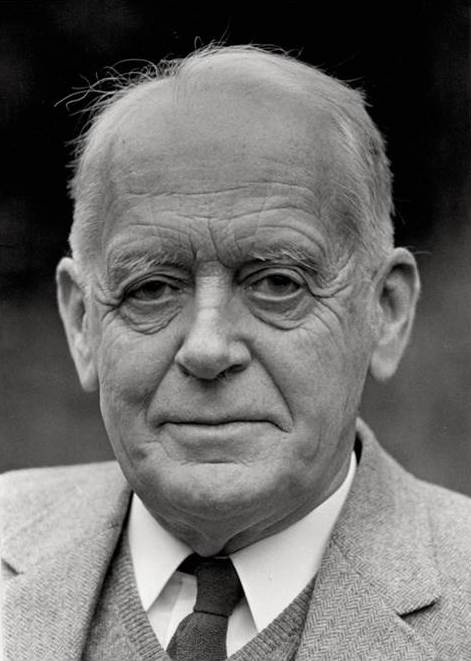
Sir John Hicks
1904-1989
Economics Nobel 1972
Professor of Economics at London School of Economics
Won the 4th Economics Nobel Prize in 1972 with Kenneth Arrow “for their pioneering contributions to general economic equilibrium theory and welfare theory”
1939 Value and Capital
Revision of (Marshallian) consumer theory into its modern form:
- ordinal utility
- indifference curves
- income-compensated demand curve
- differentiates income vs. substitution effects
- general equilibrium
Came up with the “Kaldor-Hicks” criterion for efficiency (in part, with Kaldor)
Also created the IS-LM model to summarize (his view of) Keynesian macroeconomics (and the idea of a liquidity trap)
John Hicks: Indifference Curves

Sir John Hicks
1904-1989
Economics Nobel 1972
Hicks, along with Roy Allen, and Lionel Robbins at LSE, brought Lausanne School ideas (esp. Pareto) to an English audience
Frontal assault against cardinal utility, and measurable “utils”
- Marshallians like Pigou and Edgeworth were still hung up on this utilitarianism
Hicks, John, and Roy Allen, 1934, “A Reconsideration of the Theory of Value”, Economica
John Hicks: Utility and Demand

Sir John Hicks
1904-1989
Economics Nobel 1972
Assumptions about preferences and indifference curves
- Reflexivity
- Completeness
- Transitivity
- Monotonicity
- Convexity
Beginning with ordinal utility, derive demand curves
Indifference curves (from Edgeworth and Fisher)
Individual utility maximization subject to budget constraint
Hicks, John, and Roy Allen, 1934, “A Reconsideration of the Theory of Value”, Economica
John Hicks: Utility and Demand
maxx,yu(x,y)
- Yields first order condition (Gossen’s second law):
MUxMUy⏟MRSx,y=pxpy

John Hicks: Utility and Demand

Sir John Hicks
1904-1989
Economics Nobel 1972
This is the “Marshallian” or uncompensated” demand function”: conflates income effects with substitution effects
Marshallian demand problem: maximize utility subject to budget (market prices & income)
maxx,yu(x,y)
- Yields a solution M(p,m) as function of prices and income (i.e. demand)
John Hicks: Utility and Demand

Sir John Hicks
1904-1989
Economics Nobel 1972
Define an indirect utility function of prices & income as equal to the utility gained from Marshallian demand function V(p,m)=u(M(p,m))
The “Hicksian” demand problem: minimize expenditure subject to fixed amount of utility
minx,ypxx+pyy=m
- Yields a solution H(p,ˉu) as function of prices and fixed amount of utility
John Hicks: Utility and Demand
minx,ypxx+pyy=m
- Yields identical first order condition (Gossen’s second law):
MUxMUy⏟MRSx,y=pxpy

John Hicks: Duality of Problems

Sir John Hicks
1904-1989
Economics Nobel 1972
Duality of consumer’s problem: a Marshallian solution maximizes utility, the Hicksian solution minimizes expenditures for that amount of utility
Similar duality for firms: profit maximization ⟺ cost minimization
Income & Substitution Effects
- Slutsky equation: change in demand for good i in response to a change in the price of good j:
∂xi(p,m)∂pj=∂Hi(p,u)∂pj⏟S.E.−xj(p,m)∂xi(p,m)∂m⏟I.E.
- RHS: change in demand for good i holding utility fixed at u − quantity of good j demanded, multiplied by the change in demand for good i when income changes
- First term is substitution effect, second term is (real) income effect
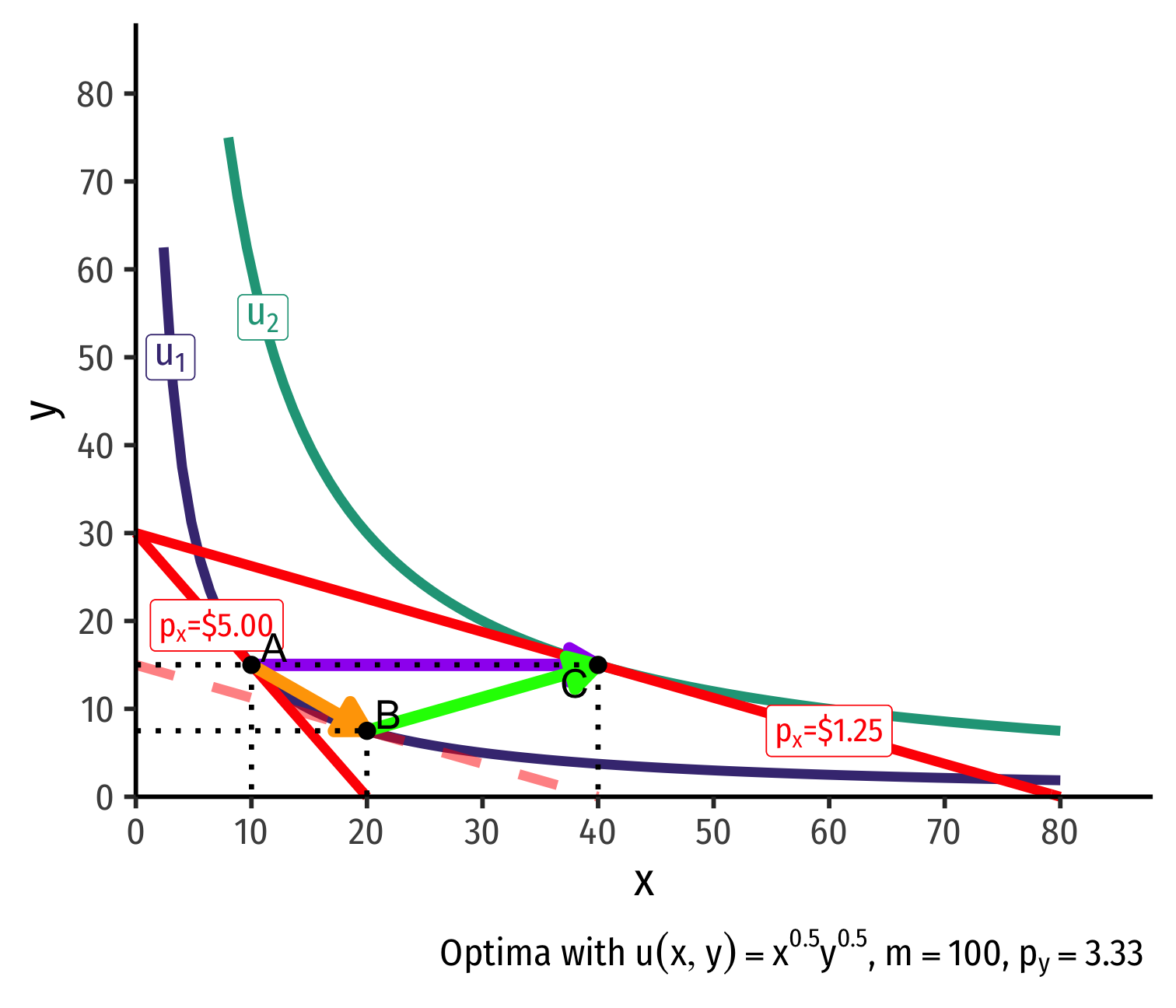
John Hicks: Simple General Equilibrium
Can generalize the 2-good case to the case of one good and a composite of all n−1 other goods
Shows that optimal conditions hold for broader equilibrium across all markets

“New” Welfare Economics & General Equilibrium Theory
Robbins’ Definition of Economic Science
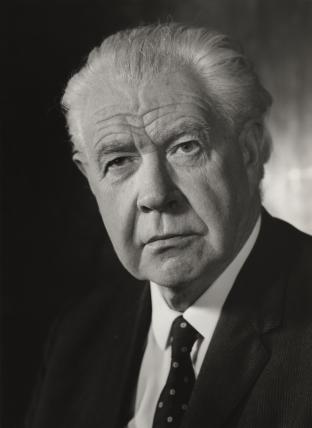
(Lord) Lionel Robbins
1898-1984
“Economics is the science which studies human behaviour as a relationship between ends and scarce means which have alternative uses” (p.15)
“Economics is entirely neutral between ends;...in so far as any end is dependent on scarce means, it is germane to the preoccupations of the economist” (p.24)
“Economics as science is about ‘ascertainable facts’ of the positive as distinct from normative (ethical) judgments on economic policy. It is incapable of deciding as between the desirability of different ends. It is fundamentally distinct from Ethics.” (p.24)
Robbins, Lionel, 1932, Essay on the Nature and Significance of Economic Science
Robbins’ Definition of Economic Science

(Lord) Lionel Robbins
1898-1984
Many saw Robbins’ statements as saying economics cannot recommend policy at all
Pareto had devised his criterion where at least one person is unambiguously better off and nobody unambiguously worse off
- But this is unrealistic in the real world!
The “New” Welfare Economics
Led to the birth of the “New” Welfare Economics in 1930s on Paretian foundations, with two major interpretations/traditions:
Harvard tradition:
- Paul Samuelson, Abram Bergson
LSE tradition:
- Nicholas Kaldor, John Hicks, Tibor Scitovsky

The “New” Welfare Economics
All agree with Pareto that utility is not cardinal, and cannot be compared across people
- proper modification of Pareto’s conditions
Harvard: choice of social optimum is a normative issue, but can be assisted with economic theory
LSE: strictly positive examination of social choice, not a normative issue
- As Robbins might approve: strictly an analysis of means for given ends
- Hicks: the analysis will reach the same conclusions whther “one is a liberal or a socialist, a nationalist or an internationalist, a christian or a pagan”

Harvard Tradition: The Social Welfare Function
- Abram Bergson introduces the social welfare function
“to state in precise form the value judgments required for the derivation of the conditions of maximum economic welfare”
- A real valued, continuous, and differentiable utility function to describe the utility of society as a whole
W=W(U1,U2,⋯,UH)
- note it is not additive! (as Benthamite utilitarianism might have it)
- Overtly normative, a maximization problem for a social planner

LSE Tradition: Kaldor-Hicks-Scitovsky
Alternative criteria for judging whether allocations were “preferable” given by Nicholas Kaldor, John Hicks, and Tibor Scitovsky (and based off Barone)
Kaldor criterion: a change is preferable if the winners can in principle, compensate the losers with some of the gains, and still be better off
Hicks criterion: a change is preferable if the losers from the change cannot bribe the winners enough to prevent them from desiring the change
Scitovsky double criterion: both criteria must be true simultaneously
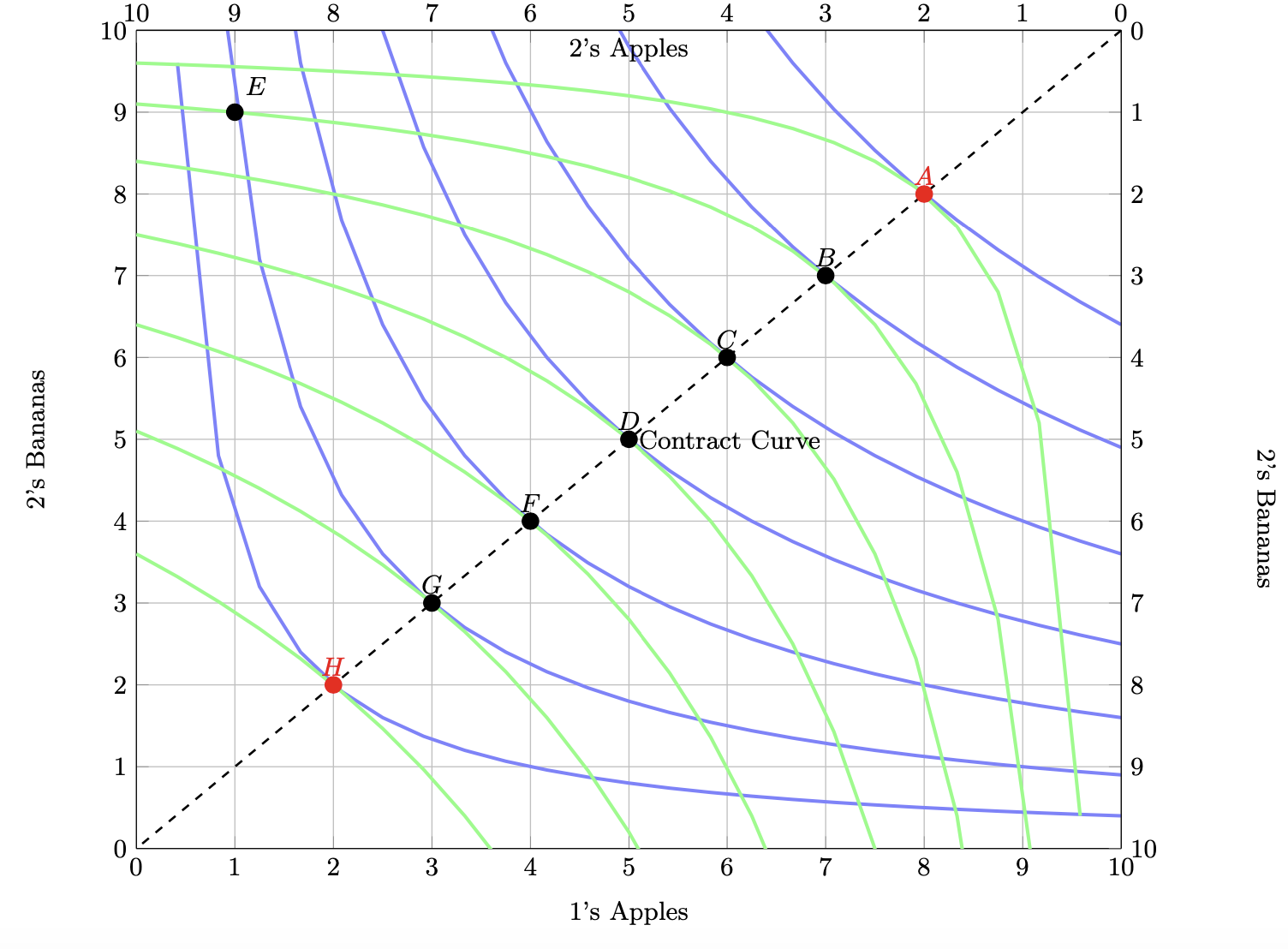
Markets and Kaldor-Hicks Efficiency
Kaldor-Hicks Improvement: an action improves efficiency its generates more social gains than losses
- those made better off could in principle compensate those made worse off
Kaldor-Hicks efficiency: no potential Kaldor-Hicks improvements exist
Keeps intuitive appeal of Pareto but more practical
- Every Pareto improvement is a KH-improvement (but not the other way around!)
Consider policies where winners' maximum WTP > losers' minimum WTA
Policies should maximize social value of resources


Arrow-Debreu and General Equilibrium
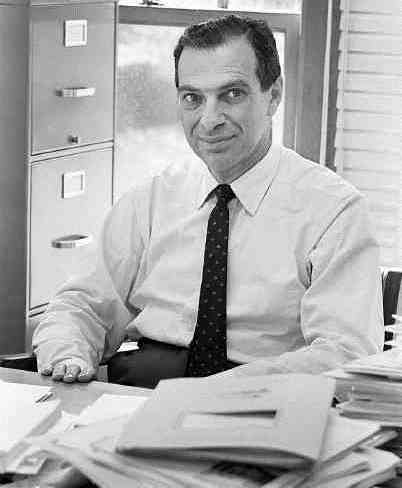
Kenneth Arrow
1921-2017
Economics Nobel 1972
Prove, using the Kakutani fixed-point theorem that (Walrasian) general equilibrium exists
With additional assumptions about preferences, proved that a unique equilibrium exists if utility functions be strongly concave and twice continuously differentiable
Extremely general, works even for contingent-claims markets under uncertainty
- Complete set of prices for all contracts that individuals trade, including contingent-contracts on future delivery of goods based on various conditions, e.g. “1 ton of Winter red wheat, delivered on 3rd of January in Minneapolis, if there is a hurricane in Florida during December”
Prove that “the Invisible Hand works” under specific conditions
Arrow on Social Choice Theory

Kenneth Arrow
1921-2017
Economics Nobel 1972
Arrow is also known for his work in social choice theory
Want a voting systen that meets the following criteria:
- Unanimity/Pareto Criterion: if all individuals prefer X≻Y, then X must be chosen over Y
- Transitivity: the social choice mechanism is transitive such that if X is chosen over Y, and Y over Z, then X must be chosen over Z
- Unrestricted Domain: all individuals are able to rank all alternatives
- Independence of Irrelevant Alternatives: pairwise comparisons between two alternatives are not affected by the rank of other alternatives
- Non-dictatorship: there is no individual that always gets their way regardless of other voters
Arrow on Social Choice Theory

Kenneth Arrow
1921-2017
Economics Nobel 1972
Arrow’s Impossibility Theorem: no social choice mechanism exists that can fulfill all 5 criteria simultaneously
Alternative specification: the only social choice mechanism that can fulfill conditions 1-4 is dictatorship
Learn more in my Public Economics course (Lesson 3.1)
Buchanan on Public Choice Theory
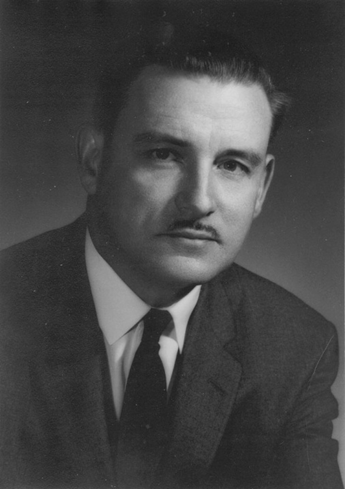
James M. Buchanan
1919-2013
Economics Nobel 1986
Buchanan and Gordon Tullock pioneered public choice theory
Society/government is not a choosing-agent, individuals have different interests as consumers, producers, voters, elected officials, bureaucrats, etc.
- there is no “social welfare function”!
Economic analysis of politics: individuals with separate interests making exchanges with one another
Focus on constitutional rules, rational ignorance, rent-seeking, concentrated benefits and dispersed costs, etc.
Learn more in my Public Economics course
Paul Samuelson and Formalist Economics
Paul Samuelson
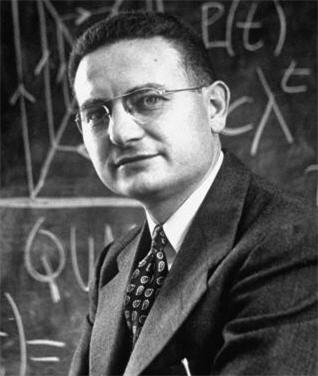
Paul A. Samuelson
1915-2009
Economics Nobel 1970
Formalistic methods
Neoclassical synthesis between neoclassical microeconomics and Keynesian macroeconomics
- the leading mainstream
1946 Foundations of Economic Analysis
1948 Economics: An Introductory Analysis
- best-selling economics textbook for decades
- 19 editions, coauthored with William Nordhaus, 4 million sold
Almost single-handedly established MIT as a powerhouse in economics
Paul Samuelson

Paul A. Samuelson
1915-2009
Economics Nobel 1970
- Won the 2nd Economics Nobel Prize (first American to do so):
“More than any other contemporary economist, Samuelson has helped to raise the general analytical and methodological level in economic science. He has simply rewritten considerable parts of economic theory. He has also shown the fundamental unity of both the problems and analytical techniques in economics, partly by a systematic application of the methodology of maximization for a broad set of problems. This means that Samuelson's contributions range over a large number of different fields.” — Nobel Prize Committee
Paul Samuelson: Mathematical Economics

Paul A. Samuelson
1915-2009
Economics Nobel 1970
Foundations of Economic Analysis, his magnum opus based on his doctoral dissertation
Inspired by classical thermodynamics (and friends with William Gibbs)
“[Goal is to] examine underlying analogies between central features in theoretical and applied economics and study how operationally meaningful theorems can be derived with a small number of analogous methods.”
Unifies many branches of economics into a series of repeated models: maximizing agents & stable equilibrium
Comparative statics method of comparing equilibria
“By a meaningful theorem, I mean simply a hypothesis about empirical data which could conceivably be refuted, if only under ideal conditions.”
Paul Samuelson: Mathematical Economics

Paul A. Samuelson
1915-2009
Economics Nobel 1970
- Saw Cournot, Jevons, Edgeworth, Fisher, and Pareto as true founders of modern (mathematical) economics
“I have come to feel that Marshall’s dictum that ‘it seems doubtful whether any one spends his time well in reading lengthy translations of economic doctrines into mathematics...’ should be exactly reversed. The laborious literary working over of essentially simple mathematical concepts such as is characteristic of much of modern economic theory is not only unrewarding from the standpoint of advancing science, but involves as well mental gymnastics of a peculiarly depraved type,” (p.6).
Samuelson, Paul A, 1946, Foundations of Economic Analysis
Alternatives to Formalist Economics
Milton Friedman
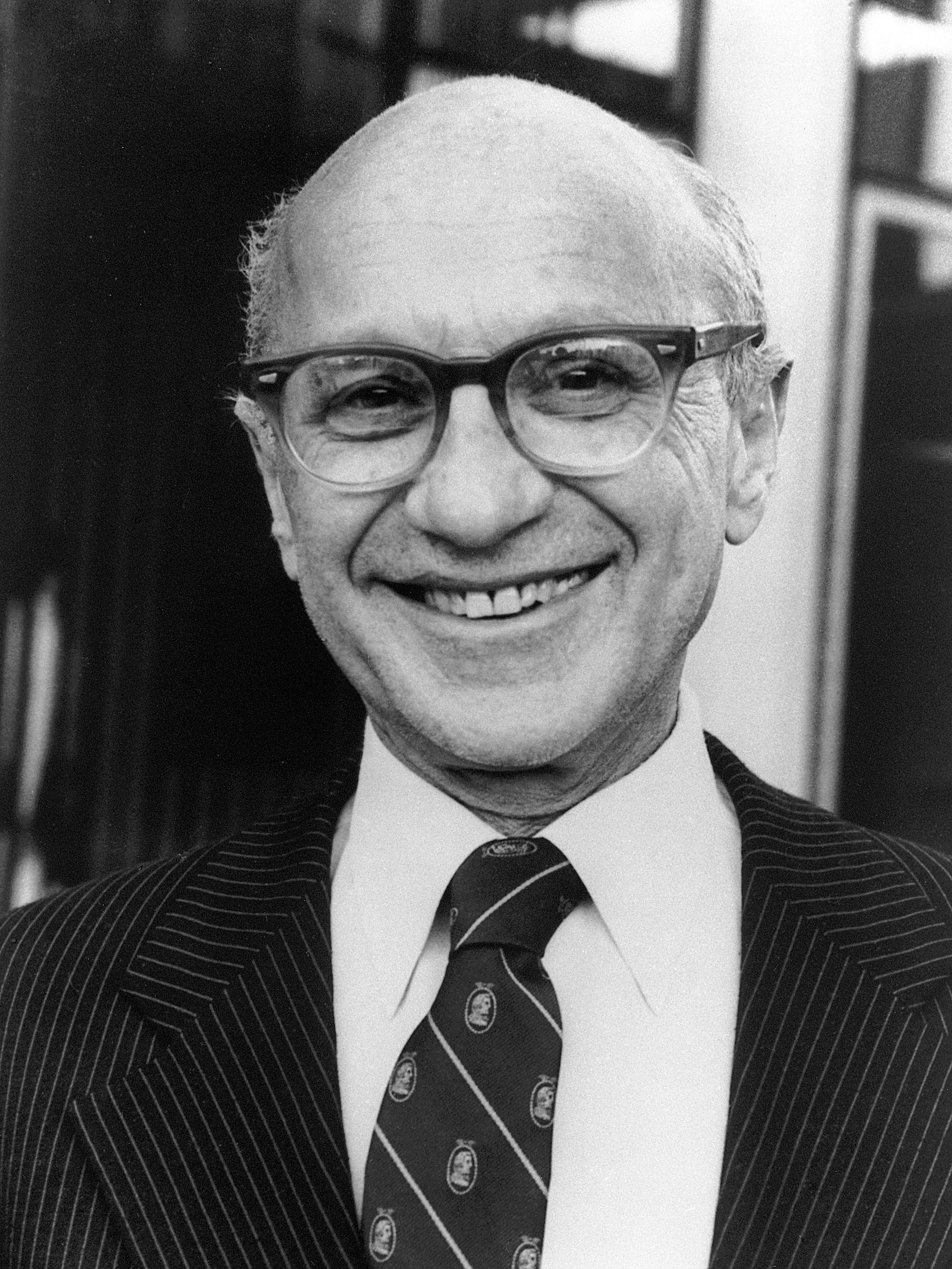
Milton Friedman
1912-2006
Economics Nobel 1976
Counterweight to Paul Samuelson’s formalism and counterweight to Keynesian macroeconomics
Methodology: positivism & “as-if” modeling (see Class 1.2)
Work on consumption, demand, monetary theory and history
Free-market classical liberalism
1976 Nobel Prize in Economics “for his achievements in the fields of consumption analysis, monetary history and theory and for his demonstration of the complexity of stabilization policy”
Friedman, Milton, 1953, Essays in Positive Economics
Friedman, Milton, 1957, A Theory of the Consumption Function
Friedman, Milton, 1962, Capitalism and Freedom
Friedman, Milton and Anna Schwartz, 1963, A Monetary History of the United States, 1867-1960
The Chicago School of Economics

Milton Friedman
1912-2006
Economics Nobel 1976
“In discussions of economic policy, “Chicago” stands for belief in the efficiency of the free market as a means of organizing resources, for skepticism about government affairs, and for emphasis on the quantity of money as a key factor in producing inflation.” “In discissusion of economic science, “Chicago” stands for an approach that takes seriously the use of economic theory as a tool for analyzing a statingly wide range of concrete problems, rather than as an abstract mathematical structure of great beauty but little power; for an approach that insists on the empirical testing of theoretical generalizations and that rejects alike facts without theory and theory without facts,” (quoted in Landreth & Colander, p. 400)
The Chicago School of Economics

Milton Friedman
1912-2006
Economics Nobel 1976
Marshallian-style application of price theory and partial equilibrium to all social problems
- maximizing individuals, stable preferences, equilibrium
Not overly mathematical or formalist, more intuitive and logical application of price theory
Gary Becker: economic analysis of the family, discrimination, addiction, “irrational” behavior
- “economic imperialism” into other social sciences
The Chicago School
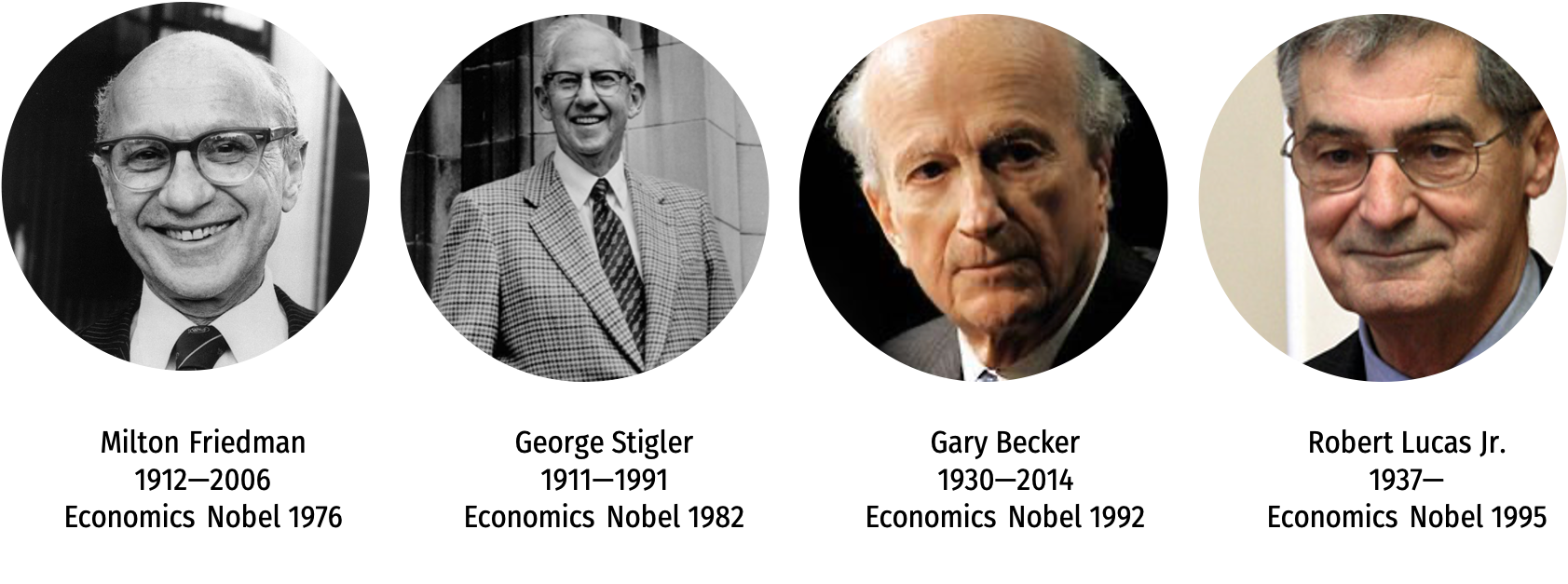
- 13 Nobel Prizes to Chicago-based economists
Coase and the Return to Institutions

Ronald H. Coase
(1910-2013)
Economics Nobel 1991
“The traditional [Pigouvian] approach [to externalities] has tended to obscure the nature of the choice that has to be made. The question is commonly thought of as one in which A inflicts harm on B and what has to be decided is: how should we restrain A? But this is wrong. We are dealing with a problem of a reciprocal nature. To avoid the harm to B would inflict harm on A. The real question that has to be decided is: should A be allowed to harm B or should B be allowed to harm A?” (p.2)
Coase, Ronald H, 1960, "The Problem of Social Cost," Journal of Law and Economics 3:1-44
Externalities as a Property Rights Problem

Ronald H. Coase
(1910-2013)
Economics Nobel 1991
Harm is often bilateral, not unilateral
Takes two parties to have a dispute
A ⟺ B
Origin of the problem is rights are not clear (undefined or unenforced)!
Who has right/responsibility over activity creating the external harm?
Coase, Ronald H, 1960, "The Problem of Social Cost," Journal of Law and Economics 3:1-44
Property Rights and Externalities
Court must must imposing a cost on either the defendant or plaintiff
Real issue is the social balance of efficiency
At what rate is society willing to give up confections for medical services, and vice versa?

The "Coase Theorem"
Coase Theorem: if transactions costs are low, clearly defined property rights allow parties to bargain to the efficient social outcome regardless of who has the property right
Wealth and distribution effects will change (who pays who)
If there are mutual gains from exchange to be had, parties will find a way to capture them
- Resources will flow towards highest-valued uses
- Coase: there's nothing new here if you understand Adam Smith!

The "Coase Theorem" in the Real World
In real world of transactions costs, the assignment of property rights matters!
Property rights and resources are sticky!
Means some allocations are more efficient than others!
The "Coase Theorem" in the Real World
Coase: forget "Blackboard economics" and go study the real world of institutions
Launches "Law & Economics" field, and “property rights” economics
- Armen Alchian, Harold Demsetz, Richard Posner, etc.
How should property rights be assigned to minimize the total cost of externalities and to maximize efficiency?

New Institutional Economics
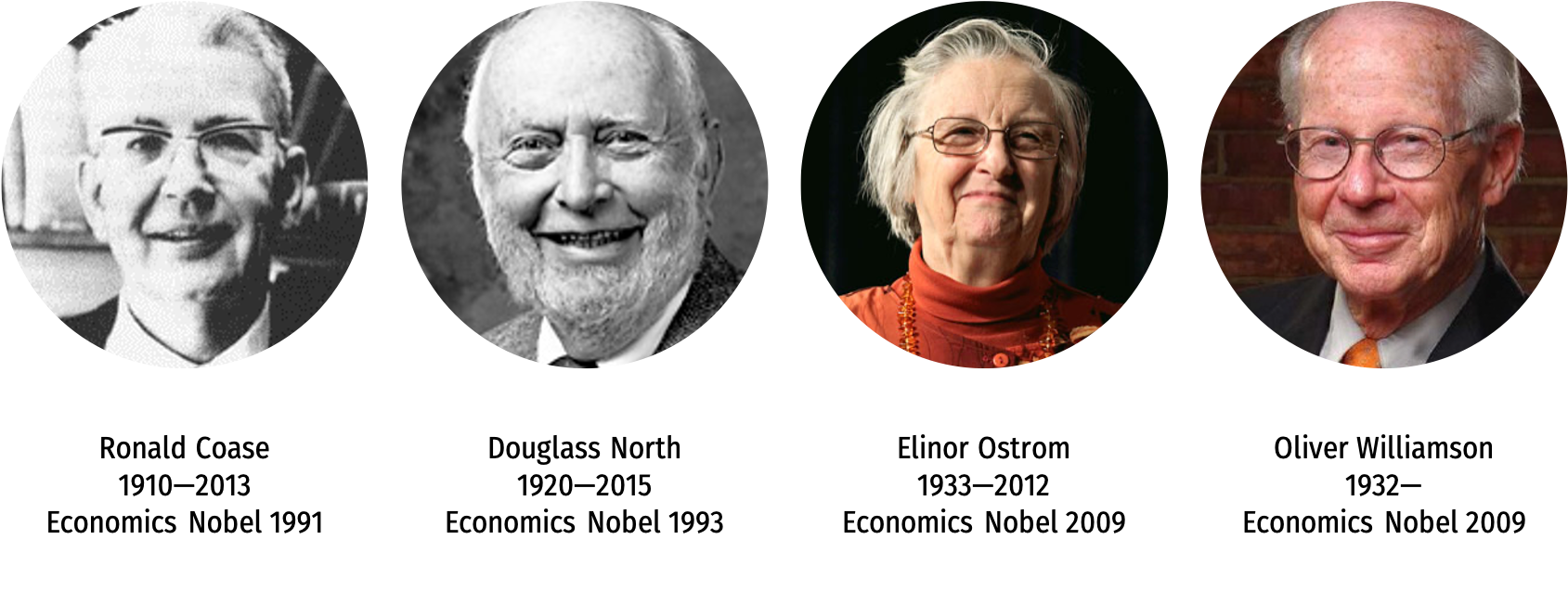
- Focus on role of institutions (and transaction costs) in structuring incentives of individuals, firms, and governments
How Much of Modern Microeconomics is Neoclassical?
- Neoclassical economics assumes strict rationality
- Behavioral economics
- Bounded rationality & “satisficing”
- Ecological rationality
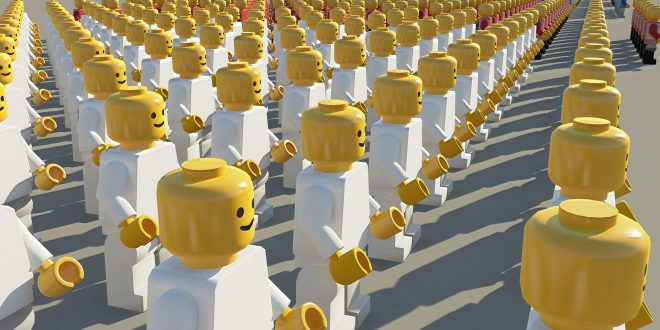
How Much of Modern Microeconomics is Neoclassical?
- Neoclassical economics focuses almost exclusively on marginal conditions at the optimum among price—takers
- Game theory — strategic interactions
- Austrians — entrepreneurship, uncertainty, market process
- Evolutionary economics — adaptation
- Industrial organization — theory of the firm, market power
- New Institutional economics — economics of organization

How Much of Modern Microeconomics is Neoclassical?
- Neoclassical economics focuses only on individuals
- Complexity science
- Agent-based modeling
- New Institutional economics — economics of organization

How Much of Modern Microeconomics is Neoclassical?
- Neoclassical economics assumes away institutions
- New Institutional Economics
- Public Choice & Social choice economics
- Property rights economics
- Law & Economics

How Much of Modern Microeconomics is Neoclassical?
Go back to lessons
- 1.2 — What Exactly Is Economics?
and reconsider:
- orthodox vs. heterodox economics
- proper scope and methodology of economics
- what is economics?
